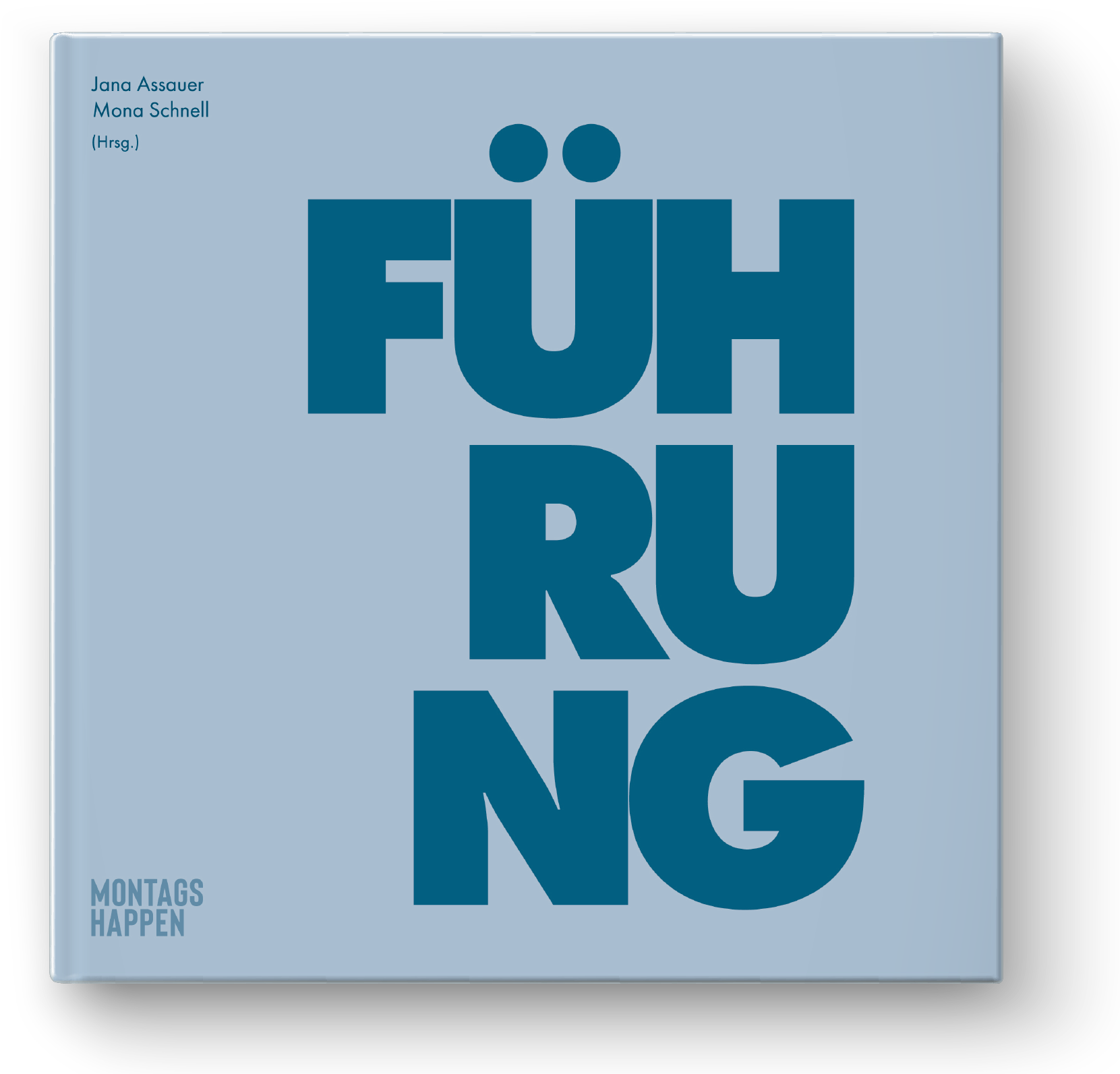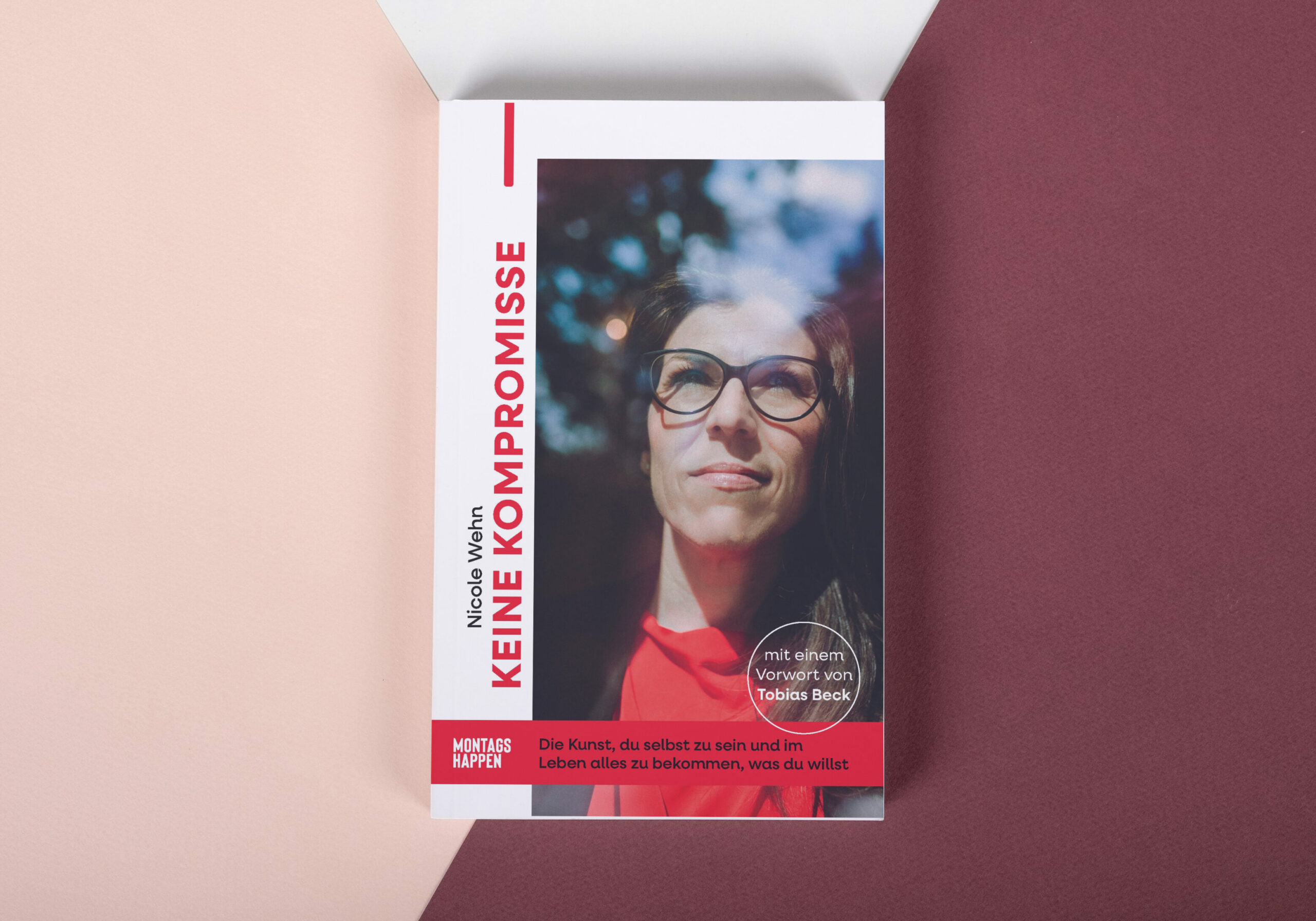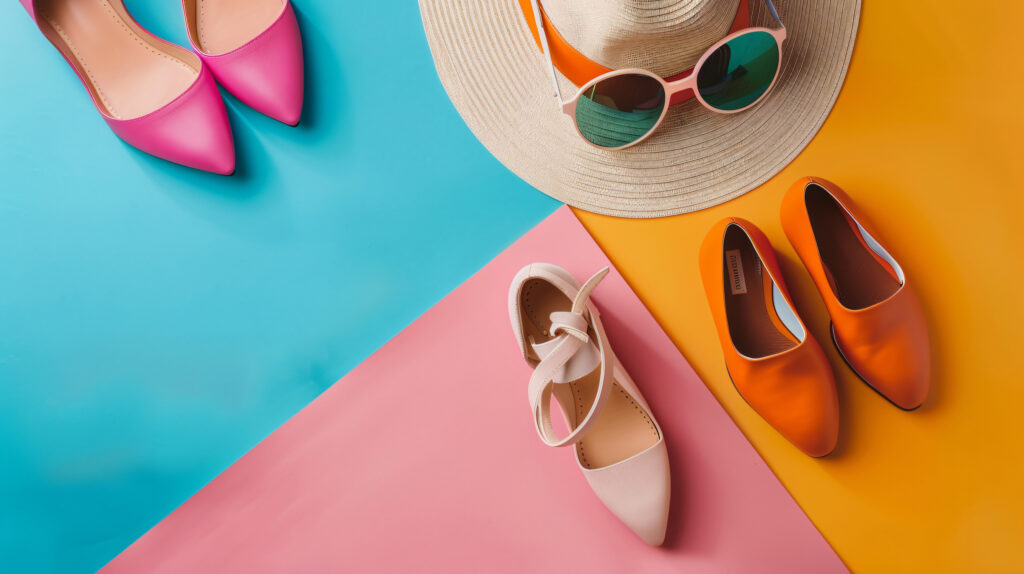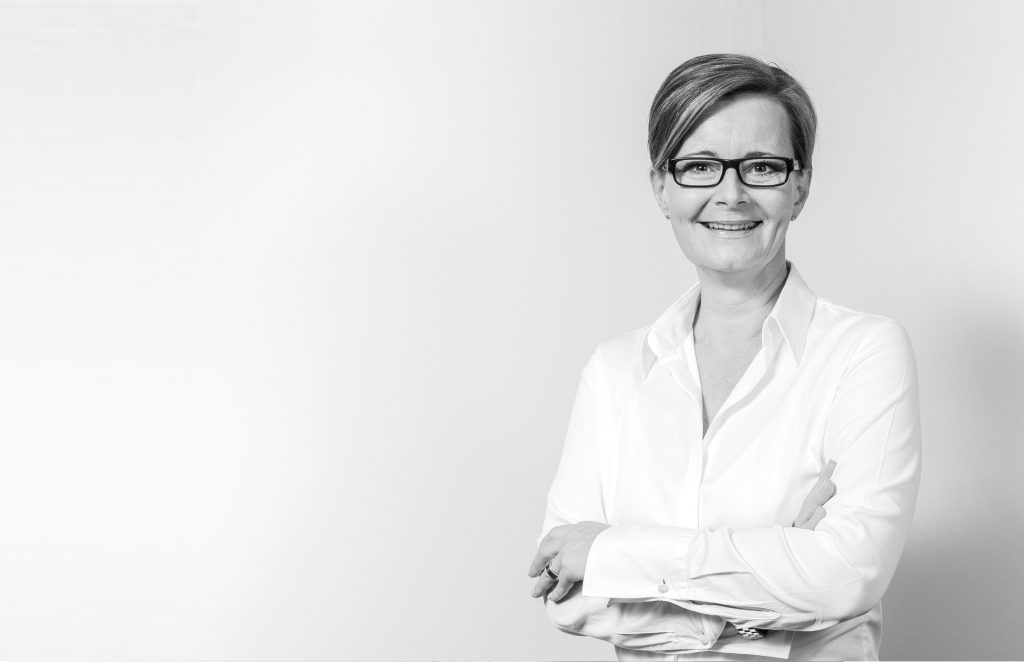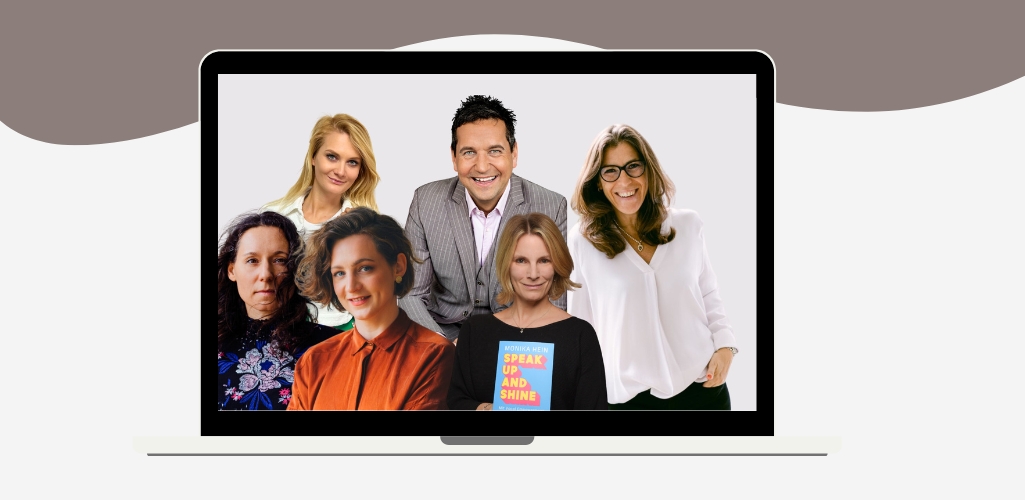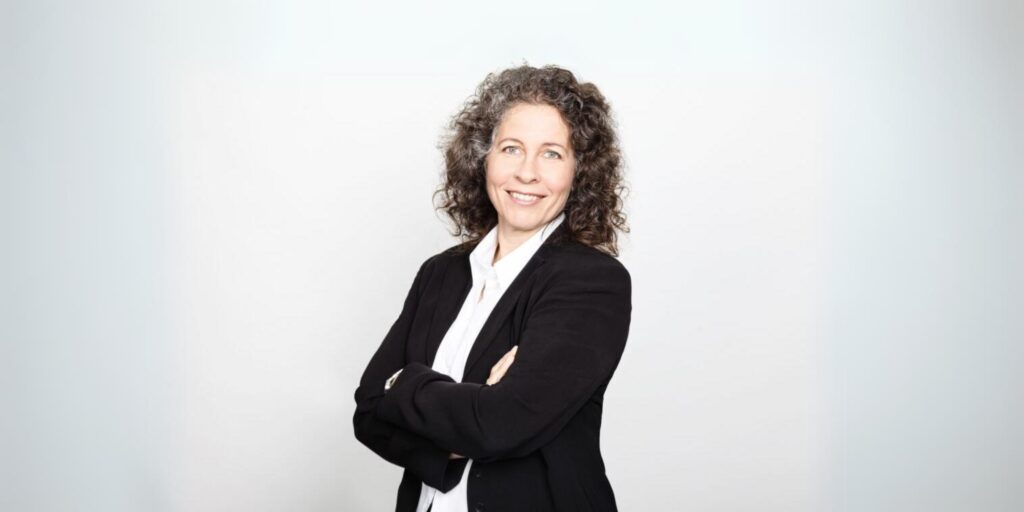What seems to be the same in all countries all over the world: The job seeker has to try to get the attention of the reader, i.e. the person who is supposed to decide „in or out“. Either you are invited for an interview or … not. With an interview you will have a good chance to get a job in an international German-based company.
Check again and again
First of all, it is very important to reread and check your application for mistakes, dust, smudges and other blemishes that appear between your desktop-printer and the envelope. Unless you are a computer geek who is so highly-skilled that you know things that nobody else does (and can get away with anything from pizza-fingerprints to coffee-stains) – double-check everything. German HR people are usually very exacting and will put a messy application into the „Ablage P“, which is better known as the wastepaper basket!
The cover letter (Anschreiben) and the resume (Lebenslauf) are the main part of your application. But don’t forget your references and certificates either. You should put all the paperwork in a „Bewerbungsmappe“, a folder.
There are a lot of fancy folders to buy here in Germany, not just plain plastic ones. You could also use one with two sites to open which is of finer, thicker paper, even with golden letters imprinted. No, I am not kidding, it´s true. But the HR people usually don´t like them that much. Take the plastic thing, it´s okay.
You do not put the cover letter inside the folder, you cover the folder with it (yes!). Then you put everything into an envelope and send it to the receiver. Because you have got a din A4 plastic folder you have to pay at least Euro 1,45 (Dollar 1,50) for it.
So it is much easier to send all the stuff via E-Mail. That´s very common here, many companies prefer it that way, too. But still you need a cover letter and a resume and your references.
Okay, what to put into the resume?
For you it might feel a little bit strange, but we still like to have a picture with the resume. That could change with the „Allgemeinen Gleichbehandlungsgesetz“ (law against discrimination because of race, gender, age…), so that maybe in two years companies are no longer allowed to ask for a portrait.
But still, you need one. And it has to be a good one! Because you never get a second chance for a first impression! So you should invest some money and go to a good photographer. Either black-and-white or coloured depends on your skin-type or what you prefer.
Then you start with your personal data. That includes your name, adresse, date and place of birth. You might also mention if you are married or not and the number of children you have. To write those things is perfectly okay but you don´t have to.
How you continue depends on how experienced you are. When you have just graduated you could use the chronological way. First things first and so on up to the present day. So you would start with „Ausbildung“ (Education) and continue with something like „Praktische Erfahrungen/Erste Berufserfahrung“ (Professional experience) which lists your summer jobs or internships. If you have any special experience abroad or if you have studied somewhere abroad you put this under „Auslandserfahrung“. Finally you need a paragraph for „Weitere Qualifikationen“. That means the languages you speak, your IT-knowledge, extra courses and everything that makes you special but doesn´t fit into the other paragraphs above.
If you already have got working experience you should use the non-chronological way: You put your job experience at the begining and start with your last postion. In Germany, we put the dates in tabular form which means that the dates are on the left and then on the right the companies or university as you could see in the example on about.com.
The resume is usually between two or three pages. Graduates might start with one page. Persons with a lot of work experience also add a „Projektliste“ to the application which describes their projects and results.
How to put the references in order?
You sort them in order of their importance and chronologically. For example, you start with your last job reference, then the one before,… , then your qualifications,…
